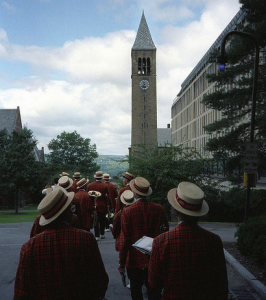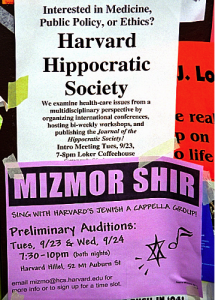Category: Ivy Plus
-

Adjusting to Stanford University as a Transfer Student
In this article, Chris (co-founder of TransferWeb) interviews me (Lan) about my transition to Stanford as a transfer student. These are the main topics I discuss: The academic adjustment The social adjustment Financial aid You’ll see why, in reflecting on my experience trying to adjust to Stanford, I tell other transfer students, “Basically, don’t be…
-

Transferring to Stanford: Why and How?
The decision to transfer is a very personal one, but it’s without a doubt one of the best decisions I’ve ever made in my life. Just how did I come to the decision to transfer, and what were my next moves after I made that decision? In this article, Chris (co-founder of TransferWeb) interviews me,…
-

Transfer Requirements: Cornell University Case Study
Meeting requirements for the transfer application is crucial; missing even one item could disqualify your application from being considered. Unfortunately, the requirements are not always straightforward. This post examines the process of determining course requirements for transfer applicants using Cornell University as a case study. Specifically, let’s say you want to apply to transfer as…
-

Transfer Program at Harvard College Resumes
If you look at our table of transfer acceptance rates, you’ll see that Harvard’s rate says “0.0%.” That’s because the transfer program ceased to even exist, but now Harvard is accepting transfer applicants again. An article in the Harvard Gazette shares the news. Here are the highlights for prospective transfer applicants: Harvard’s generous financial aid…
-

The College Transfer Application Essay: An Example for the University of Pennsylvania
(Update: We’ve added another “why” transfer essay example with a detailed critique here.) One of the most important elements in your transfer application is the essay on why you want to transfer to the college of your choice. Here, we’ll deconstruct a real-life transfer application essay by David, a student who is trying to transfer…